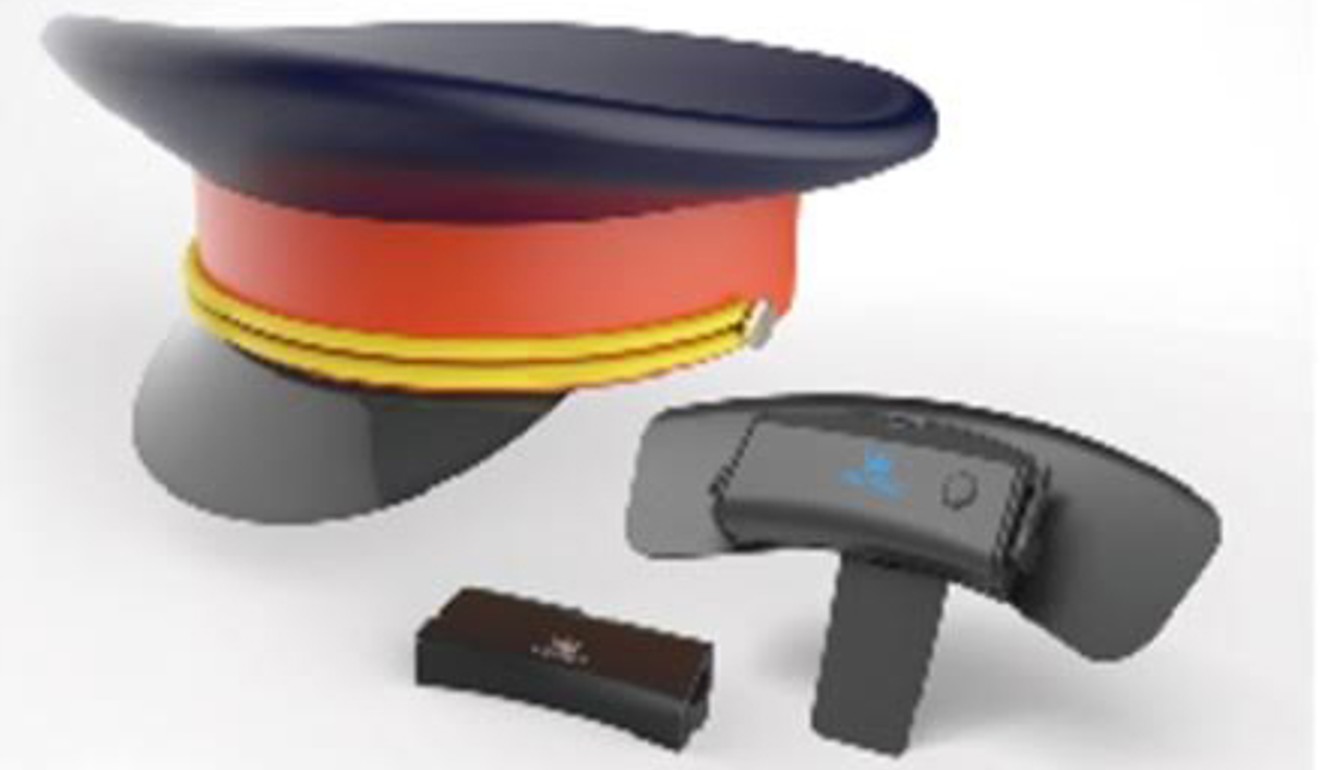On Thursday, Emmanuel Macron, the president of France, gave a speech laying out a new national strategy for artificial intelligence in his country. The French government will spend €1.5 billion ($1.85 billion) over five years to support research in the field, encourage startups, and collect data that can be used, and shared, by engineers. The goal is to start catching up to the US and China and to make sure the smartest minds in AI—hello Yann LeCun—choose Paris over Palo Alto.Directly after his talk, he gave an exclusive and extensive interview, entirely in English, to WIRED Editor-in-Chief Nicholas Thompson about the topic and why he has come to care so passionately about it.
[…]
: AI will raise a lot of issues in ethics, in politics, it will question our democracy and our collective preferences. For instance, if you take healthcare: you can totally transform medical care making it much more predictive and personalized if you get access to a lot of data. We will open our data in France. I made this decision and announced it this afternoon. But the day you start dealing with privacy issues, the day you open this data and unveil personal information, you open a Pandora’s Box, with potential use cases that will not be increasing the common good and improving the way to treat you. In particular, it’s creating a potential for all the players to select you. This can be a very profitable business model: this data can be used to better treat people, it can be used to monitor patients, but it can also be sold to an insurer that will have intelligence on you and your medical risks, and could get a lot of money out of this information. The day we start to make such business out of this data is when a huge opportunity becomes a huge risk. It could totally dismantle our national cohesion and the way we live together. This leads me to the conclusion that this huge technological revolution is in fact a political revolution.
When you look at artificial intelligence today, the two leaders are the US and China. In the US, it is entirely driven by the private sector, large corporations, and some startups dealing with them. All the choices they will make are private choices that deal with collective values. That’s exactly the problem you have with Facebook and Cambridge Analytica or autonomous driving. On the other side, Chinese players collect a lot of data driven by a government whose principles and values are not ours. And Europe has not exactly the same collective preferences as US or China. If we want to defend our way to deal with privacy, our collective preference for individual freedom versus technological progress, integrity of human beings and human DNA, if you want to manage your own choice of society, your choice of civilization, you have to be able to be an acting part of this AI revolution . That’s the condition of having a say in designing and defining the rules of AI. That is one of the main reasons why I want to be part of this revolution and even to be one of its leaders. I want to frame the discussion at a global scale.
[…]
I want my country to be the place where this new perspective on AI is built, on the basis of interdisciplinarity: this means crossing maths, social sciences, technology, and philosophy. That’s absolutely critical. Because at one point in time, if you don’t frame these innovations from the start, a worst-case scenario will force you to deal with this debate down the line. I think privacy has been a hidden debate for a long time in the US. Now, it emerged because of the Facebook issue. Security was also a hidden debate of autonomous driving. Now, because we’ve had this issue with Uber, it rises to the surface. So if you don’t want to block innovation, it is better to frame it by design within ethical and philosophical boundaries. And I think we are very well equipped to do it, on top of developing the business in my country.
But I think as well that AI could totally jeopardize democracy. For instance, we are using artificial intelligence to organize the access to universities for our students That puts a lot of responsibility on an algorithm. A lot of people see it as a black box, they don’t understand how the student selection process happens. But the day they start to understand that this relies on an algorithm, this algorithm has a specific responsibility. If you want, precisely, to structure this debate, you have to create the conditions of fairness of the algorithm and of its full transparency. I have to be confident for my people that there is no bias, at least no unfair bias, in this algorithm. I have to be able to tell French citizens, “OK, I encouraged this innovation because it will allow you to get access to new services, it will improve your lives—that’s a good innovation to you.” I have to guarantee there is no bias in terms of gender, age, or other individual characteristics, except if this is the one I decided on behalf of them or in front of them. This is a huge issue that needs to be addressed. If you don’t deal with it from the very beginning, if you don’t consider it is as important as developing innovation, you will miss something and at a point in time, it will block everything. Because people will eventually reject this innovation.
[…]
your algorithm and be sure that this is trustworthy.” The power of consumption society is so strong that it gets people to accept to provide a lot of personal information in order to get access to services largely driven by artificial intelligence on their apps, laptops and so on. But at some point, as citizens, people will say, “I want to be sure that all of this personal data is not used against me, but used ethically, and that everything is monitored. I want to understand what is behind this algorithm that plays a role in my life.” And I’m sure that a lot of startups or labs or initiatives which will emerge in the future, will reach out to their customers and say “I allow you to better understand the algorithm we use and the bias or non-bias.” I’m quite sure that’s one of the next waves coming in AI. I think it will increase the pressure on private players. These new apps or sites will be able to tell people: “OK! You can go to this company or this app because we cross-check everything for you. It’s safe,” or on the contrary: “If you go to this website or this app or this research model, it’s not OK, I have no guarantee, I was not able to check or access the right information about the algorithm”.










